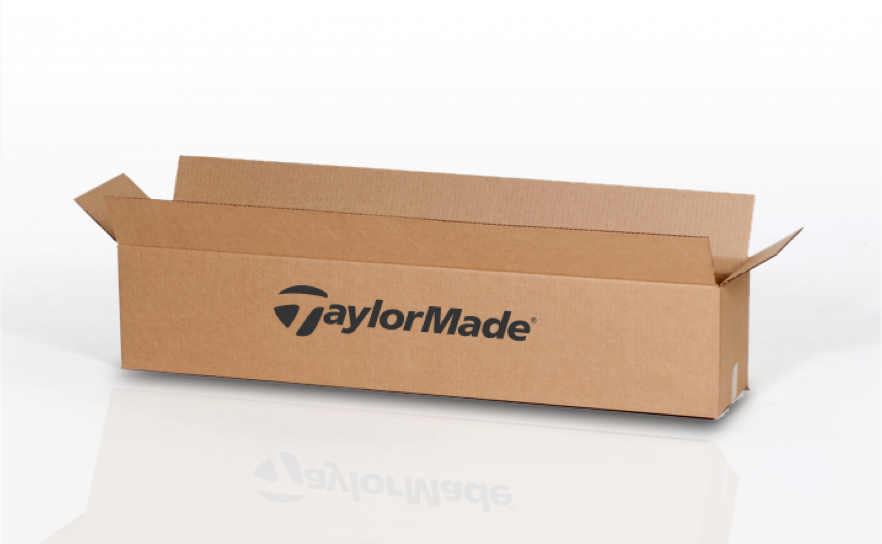
Visit the location that matches your character's alignment. Noble Toowik Mclure has identical items for sale in each location. This NPC only sells very generalized items.Noble Tark Validus, Loyalty Merchant Īfter you earn one or more of the tokens they can be spent by visiting Noble Tark Validus, a Loyalty Merchant. See the example image of this exact action.Įdited for emphasis: a note about restricted items appears in the item details for Free-to-Play accounts. When the item details window appears you will see the statement, "You must be a member to purchase this item" at the bottom of the window. To quickly identify which items are restricted for free-to-play accounts, place your mouse pointer over the item while in-game.

All Access members can buy all of the items sold by the merchants, while some items can not be purchased by Free-to-Play accounts.įor example, the bag of platinum coins (with 500 platinum) can only be purchased by players with All Access (paid) memberships. Players with Free-To-Play accounts can earn Loyalty Point Tokens, but members with All Access (paid) memberships earn double tokens. The tokens are a special currency that come from completing Daily Objectives.Loyalty Point General Items are useful items that can be purchased with Loyalty Point Tokens. 1.2 Noble Tark Validus, Loyalty Merchant.This study suggests the contrary: that these are the cohorts that should be most actively wooed to join a non-tiered loyalty program. At the same time, they often neglect their most-frequent customers, reasoning that they already have their loyalty, and their least-frequent, assuming that they’ll lose money by “bribing” them to come back. Typically, companies promote loyalty programs most heavily to customers in the middle, as a way of upselling them. Attrition decreased most dramatically among those who had been the least-frequent and the most-frequent customers before participating in the program. The lift in retention rates varied among segments of the program’s membership. Given the Bain & Company rule of thumb that a five percent lift in customer retention increases profits at least 25 percent, and that the program was structured so that it gave back to members just five percent of the revenue received, it seems that the answer to the question posed by the article’s title is “yes.” In short, while the non-tiered loyalty program didn’t persuade members to increase their spending in order to earn a reward, it did encourage them to keep coming back rather than go to a competitor. As the authors wryly note, “the value of increased frequency is only beneficial if the customers actually stay.” Because previous studies failed to measure the effect of non-tiered programs on customer attrition and retention, they missed the primary benefit of such programs-and with that their effect on profitability.

The jump in lifetime value resulted primarily from an approximately 23 percent drop in customer attrition. Yet customers did not spend a statistically significant amount more per visit, and the frequency of their visits rose only by roughly 5.5 percent. Over a five-year period, the researchers found that customer lifetime value rose 29.5 percent as a result of the program. The authors are researchers from Rice University’s Jones Graduate School of Business, the Wharton School of Business at the University of Pennsylvania and the Olin Business School at Washington University in St. Given that the average transaction value was $21, members typically had to visit five times before earning their reward.

Members received a $5 coupon for every $100 they spent. The study, dubbed “Can Non-tiered Customer Loyalty Programs Be Profitable?,” analyzed the behavior of 5,544 customers who became members of the free-to-join loyalty program of a chain of men’s hair salons.

2 non loyalty items in that box plus#
Because tiered programs are more of a progression-spend $500 and get early sale access spend $1,000 and receive early sale access plus free shipping spend $2,000 and earn early sale access, free shipping and a 10 percent discount-it’s believed that participants feel they have more to lose by not shopping with the program’s brand. Easily as important, they have a significant effect on customer loyalty-the ultimate purpose of such programs-and reduce churn.Įxperts have argued in the past that participants feel less vested in non-tiered loyalty programs such as “buy 10, get 1 free” than participants in tiered programs do. A study recently published in Marketing Science, however, shows that non-tiered loyalty programs can indeed boost revenue, particularly in the long term. Previous studies found that non-tiered loyalty programs had minimal, if any, effect on a company’s revenue.


 0 kommentar(er)
0 kommentar(er)
